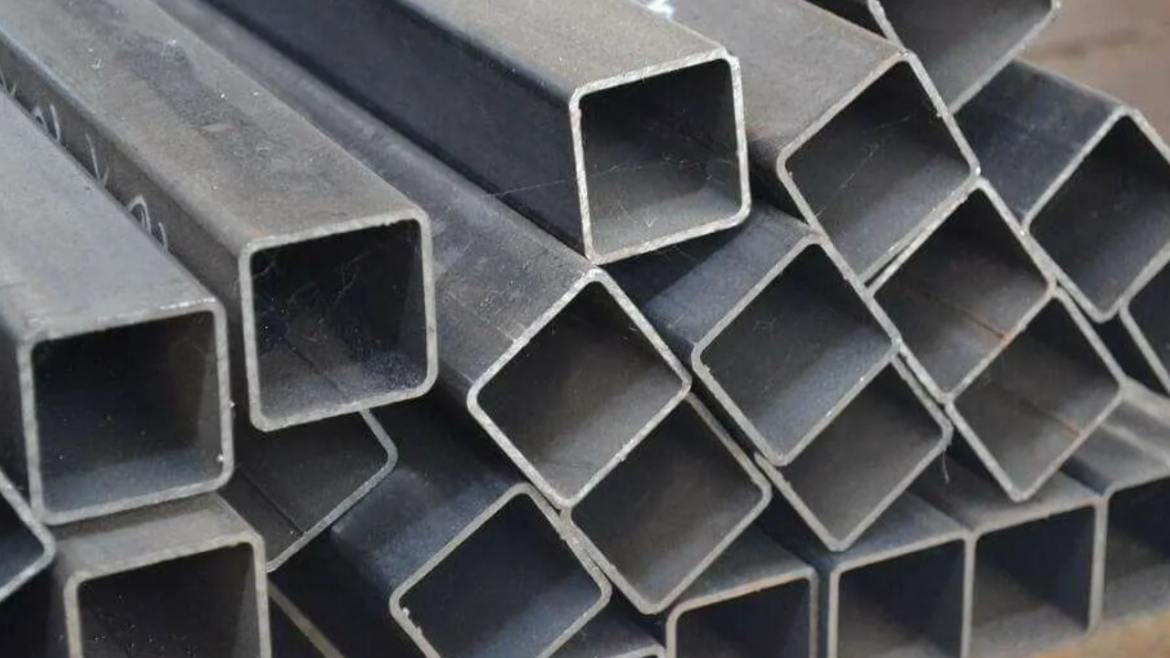Calculating the load of a steel pipe in keeping with foot is important for various industries, which include production, oil, and gasoline. Knowledge of the load of steel pipes is vital for engineers and venture managers to make certain structural integrity, correct load calculations, and cost estimations.
The formulation for working out the weight of a steel line by the foot involves a few factors, alongside the external measurement (OD), wall thickness, and the thickness of the material utilized. The overall weight of the pipe is important for project planning and execution because it is determined by all of these factors. Right Formula calculation-weight of steel pipe pre foot aids in the transportation, taking care of, and establishment of pipes, as well as in guaranteeing consistency with big business principles and strategies.
Factors Influencing the Steel Pipe Weight Chart
This article explores the key factors affecting the steel pipe weight chart and assists experts in making more informed selections of their applications.
Material Density
The density of the material from which steel pipe is made considerably affects its weight. Steel isn’t always a single kind of material but, alternatively, a vast class that includes diverse alloys with one-of-a-kind densities. The most common sorts of steel used for pipes are carbon steel and stainless steel, each with specific properties and densities. The weight chart ought to replicate those variations in density to offer accurate weight calculations for special styles of steel pipe.
Pipe Dimensions
Primary dimensions affect the weight of a steel pipe: the outer diameter (OD) and the wall thickness (WT). The outer diameter refers to the dimension from the outside edge of the pipe to the alternative outdoor edge, whilst the wall thickness is the distance between the outer and internal surfaces of the pipe. The weight of a steel pipe increases with its diameter and wall thickness because these factors, without delay, contribute to the quantity of steel in the pipe. Hence, the weight chart categorizes pipes based on these dimensions, presenting a brief reference for figuring out the weight of a pipe with particular OD and WT measurements.
Pipe Length
The length of the steel pipe is another vital issue affecting its weight. Generally, steel pipes are synthetic and bought in well-known lengths, inclusive of 20 feet or 40 feet. However, the weight chart generally expresses the weight in step with unit duration to accommodate varying pipe lengths. To determine the entire weight of a steel pipe, you multiply the weight according to the unit period by using the pipe’s real period. Consequently, the weight chart wishes to replicate the weight in line with the unit period for different pipe specifications to permit particular calculations primarily based on the pipe period.
Pipe Manufacturing Process
The manufacturing system can also impact the load of steel pipes. Common methods of manufacturing steel pipes are seamless and welded. Seamless pipes regularly have a uniform wall thickness, even as welded pipes may have mild versions in thickness due to the welding seam. These differences can affect the general weight of the pipe, especially for thicker pipes, wherein the seam’s weight will become extra tremendous. Weight charts can also consist of separate classes for seamless and welded pipes to account for those production differences.
Temperature and Environmental Conditions
Temperature and environmental situations can affect the weight of steel pipes, even though those effects are typically minimal in comparison to different elements. The steel expands when heated and contracts whilst cooled, which can slightly regulate its dimensions and, consequently, its weight. For maximum sensible purposes, these changes are negligible, however, in precision programs or excessive environments, these factors may be considered. Weight charts generally assume fashionable temperature and strain conditions, so changes may be wanted for non-popular environments.
Pipe Grade and Specification
Specific pipe grades and specs have awesome chemical compositions and mechanical houses that could have an impact on their weight. Specifications together with ASTM, API, and ASME provide suggestions on pipe dimensions, wall thickness, and material composition, which have to be taken into consideration when the usage of the load chart. These requirements ensure that the pipes meet specific standards for weight and overall performance, depending on their intended use.
Tolerances and Manufacturing Variations
Manufacturing tolerances and versions also play a role in the weight of steel pipes. Tolerances are the permissible limits of variation within the pipe’s dimensions, inclusive of outer diameter and wall thickness. Those variations can lead to slight differences in the actual weight of the pipe in comparison to the load indicated within the chart. Producers attempt to decrease those versions, however, they are inherent in any manufacturing system. Therefore, the weight chart affords common weights, and customers need to be aware of ability deviations because of tolerances.
Conclusion
The steel pipe weight chart is a useful device for experts across more than one industry. However, several elements, together with cloth density, pipe dimensions, period, manufacturing procedure, and environmental situations, substantially affect the weights indexed on those charts. Expertise in these factors guarantees correct calculations and safe, price-effective utility of steel pipes in any challenge.
